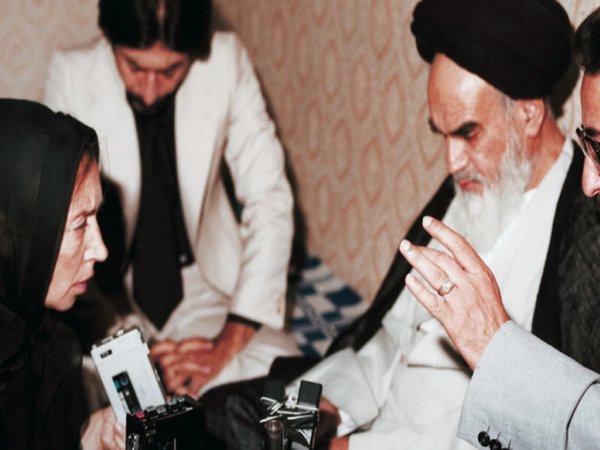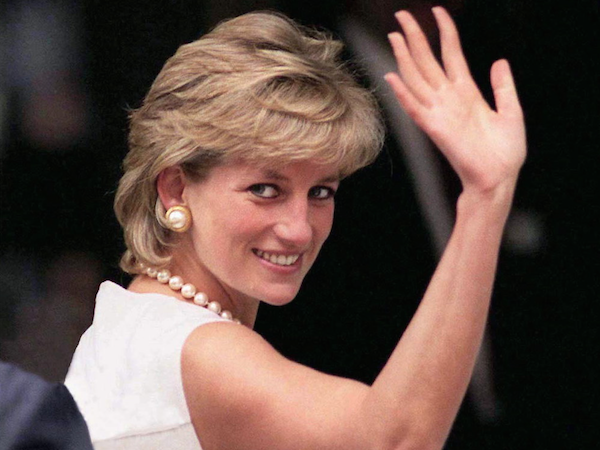‘Hello there, are you looking for someone?’
I glance in the direction of the voice. Its presence is very out of place on this unmade road, which is now clear of humans, houses and trees. It’s so quiet here that the suddenness of his voice startles me. It seems strange that a place this still is less than 30 minutes from the suburban traffic noise and general hustle and bustle of city life.
I am visiting the rural township of Kinglake where just over 16 months ago the worst bushfires in Victoria’s history devastated this small town. I have come to Bald Spur Road where 19 residents lost their lives that day.
A middle-aged man emerges from behind an old trailer and strolls towards me. He is dressed in a light shirt and jumper — not well clad for this time of year, I think. But then, he is probably quite used to the mountain chill, which usually means temperatures are 3 degrees lower than the city. Today it’s drizzling in Kinglake and it can’t be more than 10 degrees — a far cry from the 45 plus degrees that the town endured on 7 February, 2009.
He excuses himself from shaking my hand — he’s in the middle of tending the barbeque and his hands are smeared with oil. He has a broad, friendly grin, and appears quite at home in his rural surroundings that have been burnt away. His forest vista is gone and in its place are the lights and towers of the sprawling city.
‘I’m just going for a walk along your street,’ I tell Shane. ‘I’ve been reading a book about the bushfires and I’ve come to see for myself.’ The book is Karen Kissane’s Worst of Days. He tells me that he’s heard about it.
In her book, Kissane, a senior reporter at The Age, documents the events of the Black Saturday fires that raged throughout Victoria, leaving 173 people dead. After a week of record-high temperatures and years of distressing drought, the fires were unprecedented but not totally unexpected. Worst of Days is a behind-the-scene look into what residents and firefighters faced on that historic day.
Almost a year and a half after the bushfires the quiet town is rebuilding and the man standing before me is elated that there is now a slab for his new home to be built on. Meanwhile, he, his wife and their children make do in a caravan on the burnt but regenerating block.
‘There’s the site of our new home down there,’ he says as he points over to the left of the large block in front of me and behind what little remains of the old St Peter’s WW1 Memorial church. I can’t imagine that too many people visit Bald Spur Road.
Soon our conversation naturally takes on the obvious topic. ‘Where were you when the fires hit? Did you leave town?’ I cautiously ask. ‘No, we left it too late to get out so we saved ourselves by sheltering between those two water tanks over there.’
He points to the galvanized tanks that still stand side by side near the caravan that he now calls home. ‘We stayed crouched between the tanks with Lola and Dom, our kids, till the worst was over. The water was still freezing cold inside the tanks- it protected us.’
As my new friend was speaking I found myself recognizing these words – I had heard this story before. It was all so familiar. Of course, his story was in Worst of Days.
Here I was standing talking to Shane Sparkes who featured so very strongly in Kissane’s book. The family is recovering and now lives on the old block after having spent six months renting in the suburbs of Melbourne.
I wish Shane good luck and continue on my way, unable to stop myself from taking one last glance up at the block where another young couple and their small children had died in each other’s arms.
Helen Lobato is a second year Bachelor of Media Studies student at La Trobe University. This is her third piece for upstart.






